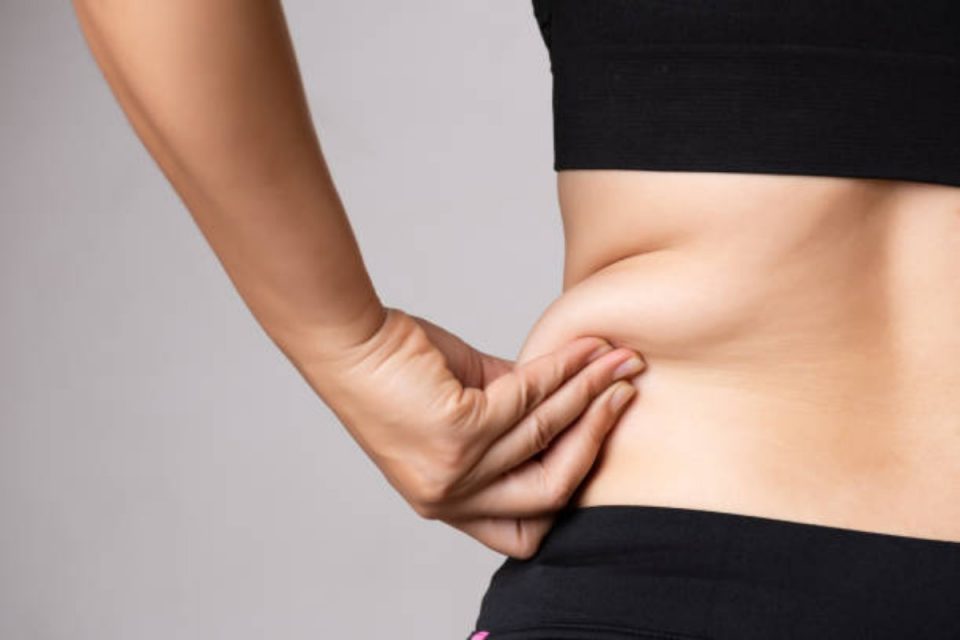Liposuction is a popular cosmetic procedure that involves suctioning fat from specific areas of a patient’s body. Moreover, the goal of liposuction is to improve body shape or redefine contours that have refused to respond to exercise and diet. Therefore, if you have worked hard in the gym and adopted a healthy diet, but some pockets of fat have refused to go away, you can try liposuction.
Here are the most important facts you need to keep in mind if you are considering liposuction.
Table of Contents
Which Areas Can Liposuction Treat?
Liposuction can use to treat many different areas of the body. Some of the most common problem areas where liposuction can be performed include:
- Abdomen (belly pooch)
- Neck (double chin)
- Buttocks
- Muffin top
- Love handles
- Upper arms
- Outer thighs
- Bra strap area
- Breasts
Other areas on which liposuction can be used to treat include the inner thighs, upper back, and even the ankles. However, it is worth noting that the optimal area for liposuction can differ from one person to another since everyone responds to exercise and diet differently.
Who Is the Ideal Candidate for Liposuction?
The perfect candidates for liposuction are healthy individuals with stubborn pockets of subcutaneous fat. Patients also need to have good skin elasticity and be at or close to their target weight. Last but not least, a good candidate for liposuction should be a non-smoker.
It is worth noting that liposuction is not a weight-loss procedure, and therefore, if your goal is to cut weight, liposuction is not the answer.
What Does Liposuction Entail?
Liposuction is a surgical process that involves making incisions and inserting a cannula to extract fat. And the procedure is usually performed under local or general anesthesia.
All in all, liposuction is an outpatient surgery, and you can expect to go back home a few hours after the procedure.
When You Can Expect to See the Results?
After the procedure, the surgical site will look swollen and bruised. Therefore, you will not be in a position to judge the results immediately. Some bruising will go away within a couple of weeks, but swelling can persist for up to six months. But, depending on the treatment area and the amount of fat removed, you should see significant improvement after one to three months.
What Are Liposuction Risks?
Like any other surgical practice, liposuction is not without risks. Some of the risks that are associated with the procedure include bruising, swelling, infection, irregular contours, fluid accumulation, poor wound healing, and anesthesia risks, among others.
These risks should be systematically discussed with your surgeon before signing your consent.
The Bottom Line
As you can see, if you have adopted a healthy diet and exercised hard, but some pockets of fat have refused to go away, liposuction is an excellent cosmetic surgical procedure to consider. However, you need to understand what the procedure entails, what it can help you achieve, and the risk associated with it.
Talk to a reliable plastic for information about liposuction cost in Cleveland, OH.

